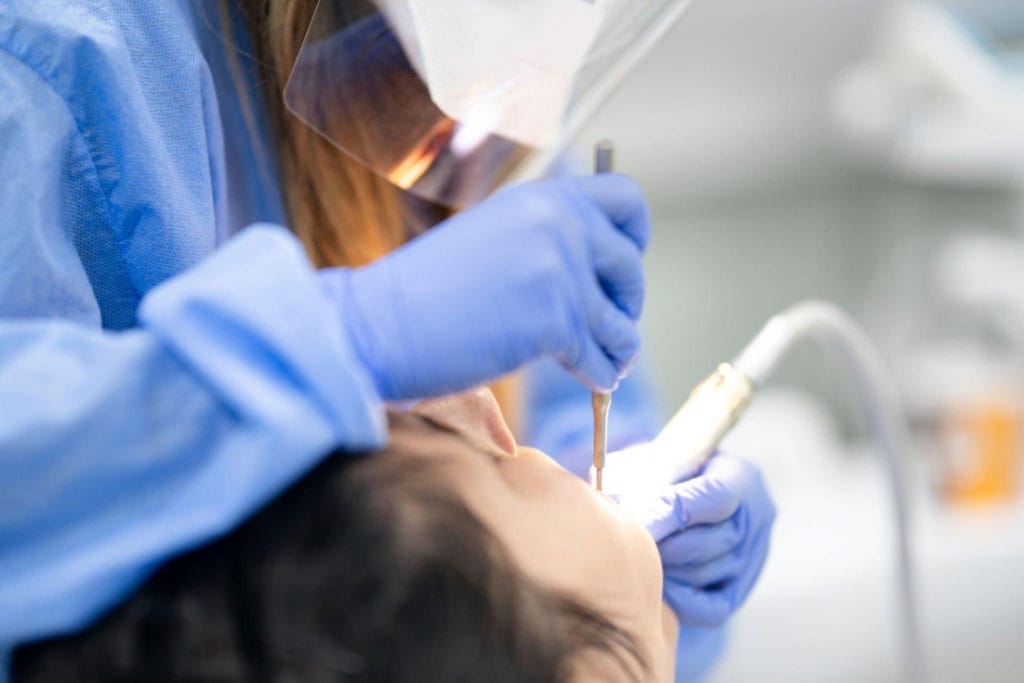“How much is a dentist visit without insurance?” It’s a question many Americans grapple with as they weigh the importance of oral health against their budget constraints.
Dental care can be pricey without coverage, but it’s essential to understand the nuances and options available. While you might know about the costs, there’s more to the story than just numbers.
Let’s uncover the hidden facets of dental care expenses and discover strategies to manage them effectively.
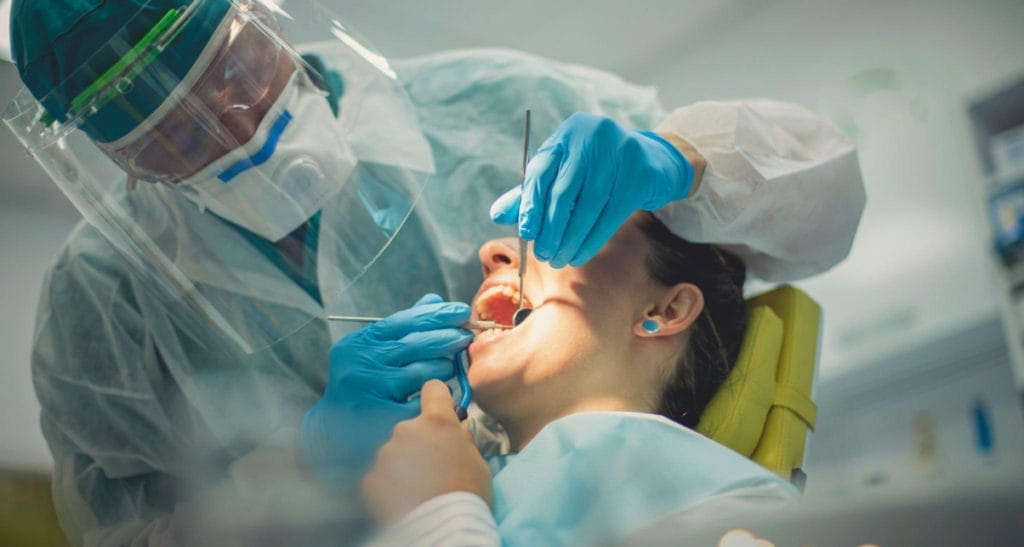
The Reality of Dental Care Without Insurance
In today’s healthcare landscape, dental care is a significant concern, especially for those without insurance. The rising costs, coupled with various deterrents, have led many to postpone or entirely skip essential dental visits.
However, the long-term implications of such decisions can be profound. Let’s delve deeper into this pressing issue.
The Escalating Costs of Dental Treatments
The financial aspect of dental care has become increasingly burdensome for many. The American Dental Association Health Policy Institute highlights several contributing factors:
- Supply and Material Costs: Advanced dental procedures require state-of-the-art materials, which come at a premium.
- Laboratory Fees: Dental treatments often necessitate specialized lab work, adding to the overall cost.
- Labor Costs: The expertise of dental professionals is invaluable, and their compensations have risen in reflection of their skills.
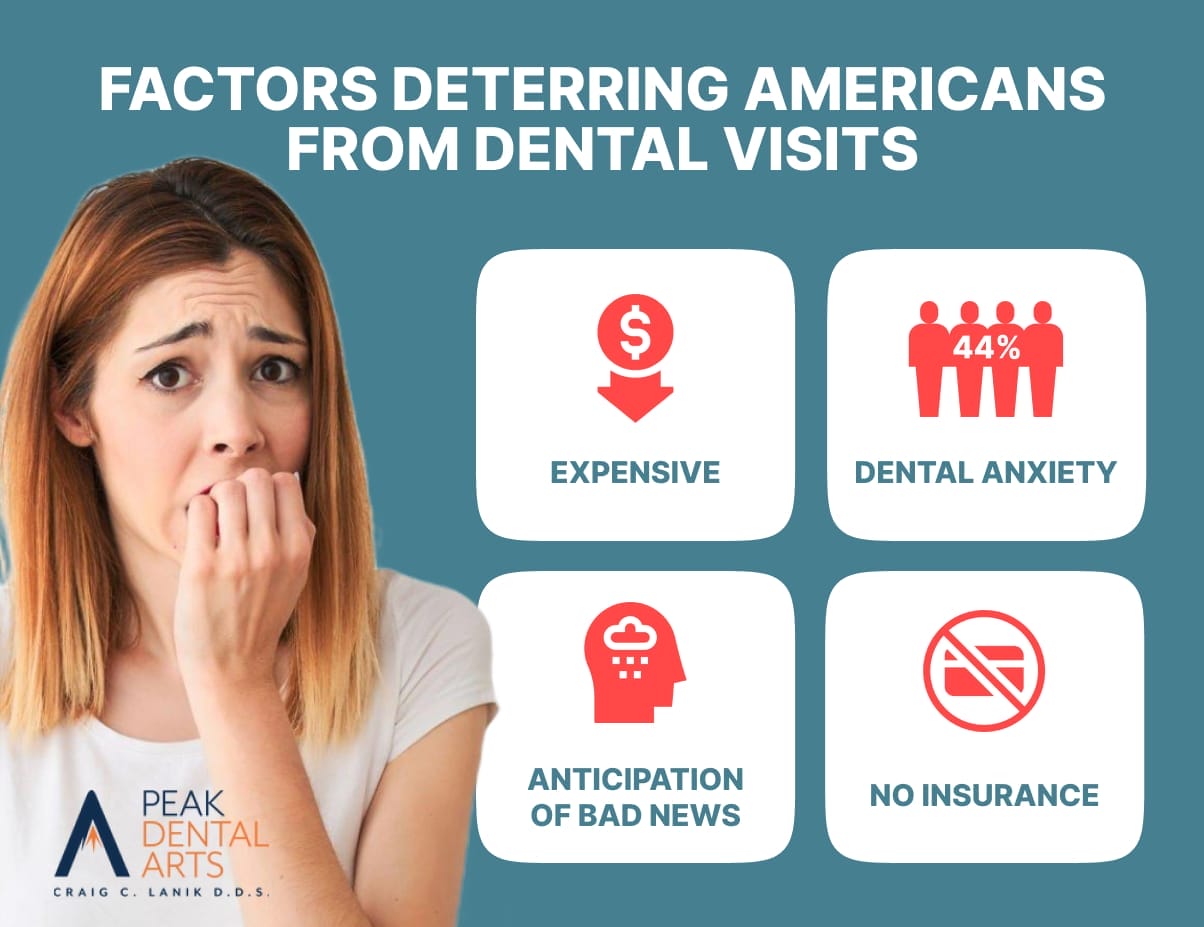
Factors Deterring Americans from Dental Visits
Beyond the financial constraints, several other reasons deter individuals from regular dental check-ups:
- Economic Concerns: Undoubtedly, the absence of insurance and high out-of-pocket costs are significant barriers.
- Dental Anxiety: A notable 44% of individuals admit to avoiding dental visits due to fear or apprehension.
- Anticipation of Bad News: The potential diagnosis of a cavity or the need for a procedure can be daunting.
- Lack of Coverage: Without insurance, many deem regular dental visits as non-essential.
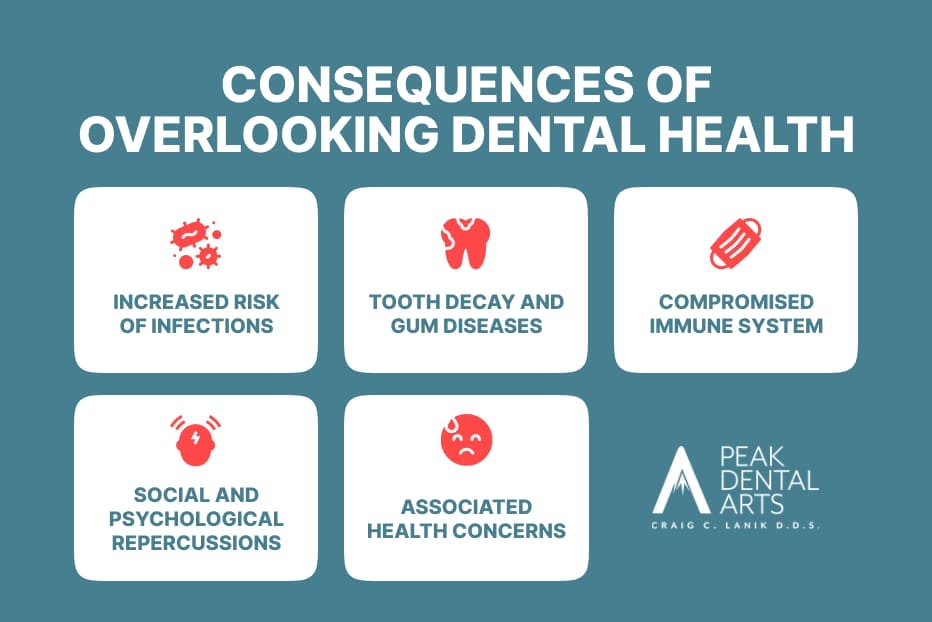
Consequences of Overlooking Dental Health
The repercussions of neglecting dental health extend far beyond oral issues:
- Increased Risk of Infections: Chronic neglect can lead to severe oral infections and inflammation.
- Tooth Decay and Gum Diseases: Absence from regular check-ups can result in undetected and untreated dental problems.
- Compromised Immune System: Poor oral health can affect the body’s overall immunity.
- Social and Psychological Repercussions: Dental issues can lead to diminished confidence, impacting social interactions.
- Associated Health Concerns: Studies have linked dental health to conditions like heart disease, stroke, diabetes, Alzheimer’s disease, and even certain respiratory conditions.
Breaking Down the Costs
Routine Dental Cleanings
Regular dental cleanings are essential for maintaining oral health. On average, a routine dental cleaning without insurance can range from $70 to $200, depending on the dental office’s location, the expertise of the dental hygienist, and the duration and complexity of the cleaning.
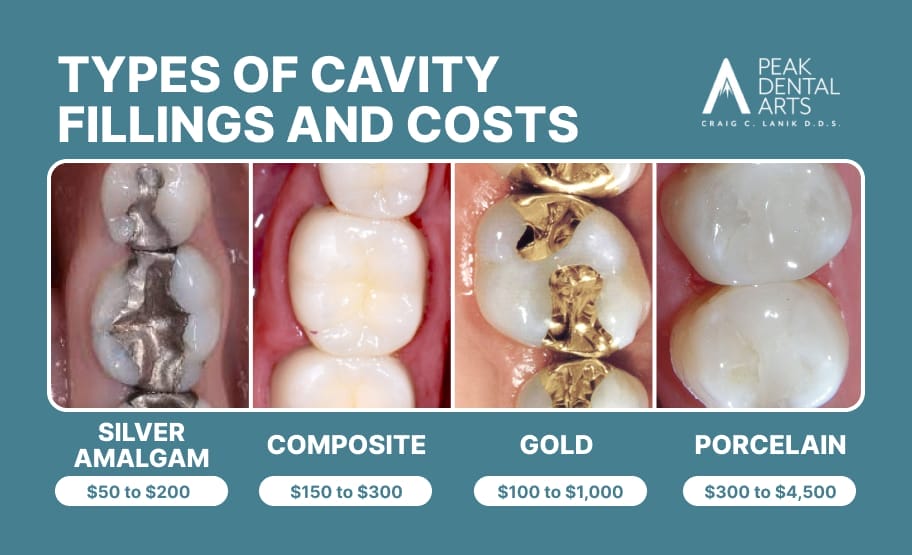
Fillings and Their Costs
Dental fillings are a standard solution for cavities. The cost varies based on several factors:
- Cavity Size: Larger cavities require more material and time.
- Material Used: Different filling materials come with different price tags.
- Number of Teeth: Multiple fillings will increase the cost.
- Type of Tooth: Filling a molar is typically more expensive than a front tooth.
Types of Cavity Fillings and Costs:
- Silver Amalgam Fillings: $50 to $200
- Composite Dental Filling: $150 to $300
- Gold Fillings: $100 to $1,000
- Porcelain Fillings: $300 to $4,500
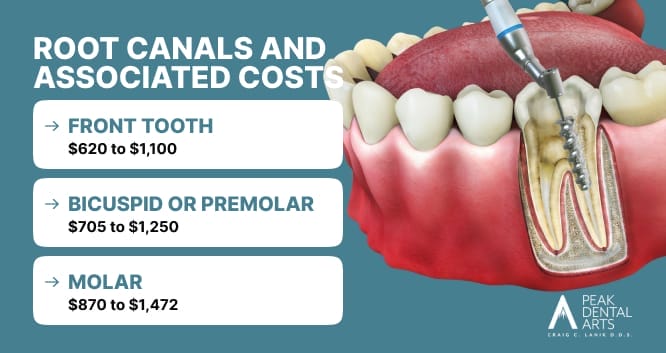
Root Canals and Associated Costs
A root canal is a procedure to treat a tooth with a damaged or infected pulp. Costs vary based on the tooth’s location:
- Front Tooth: $620 to $1,100
- Bicuspid or Premolar: $705 to $1,250
- Molar: $870 to $1,472
Additional Costs:
- Temporary Fillings: These are used to protect the tooth between appointments.
- Core Build-Up Procedure: Sometimes necessary to support a crown.
- Dental Crown: Often required after a root canal to protect the tooth.
- Follow-Up Treatments: Additional appointments may be needed to ensure the tooth heals properly.
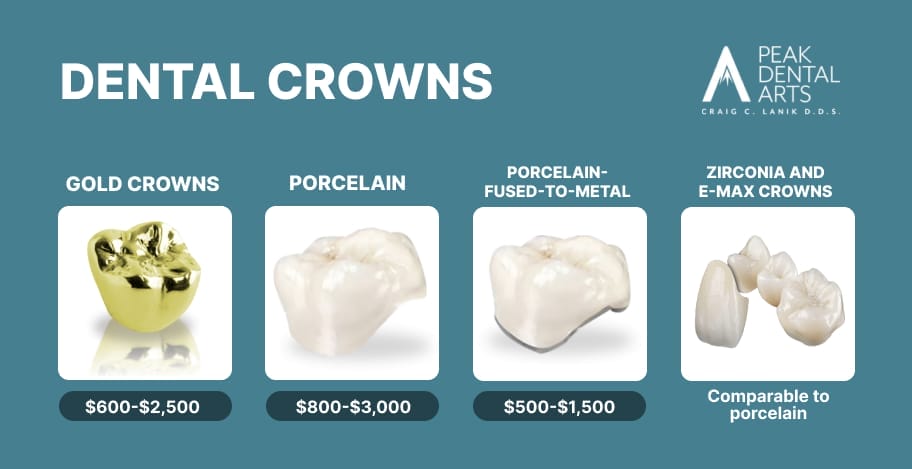
Dental Crowns
Dental crowns restore the shape, size, and strength of a damaged tooth. According to Costhelper, the cost varies based on the material:
- Gold Crowns: $600-$2,500
- All-Porcelain Crowns: $800-$3,000
- Porcelain-Fused-to-Metal Crowns: $500-$1,500
- Zirconia and E-max Crowns: Comparable to all-porcelain crowns in terms of cost.
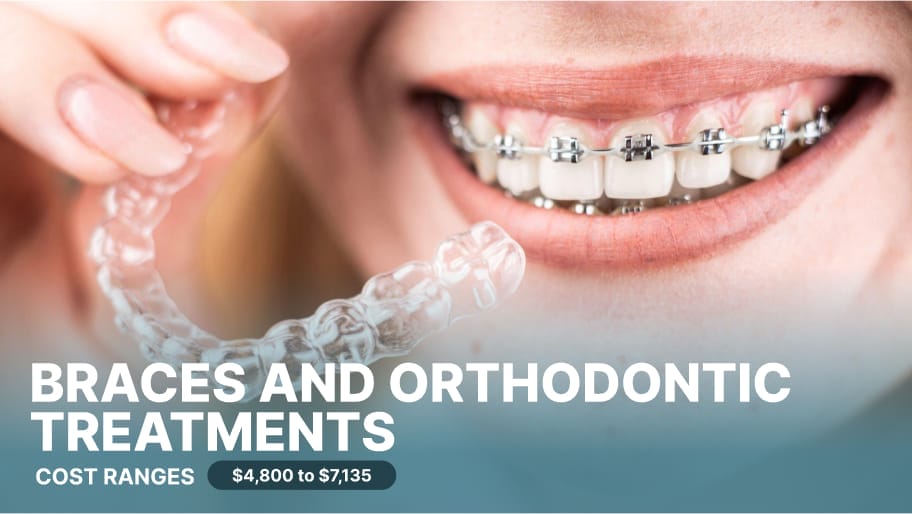
Braces and Orthodontic Treatments
Cosmetic treatments, primarily braces, are used to correct teeth alignment. The national average ranges from $4,800 to $7,135.
However, in states like Ohio, known for its lower cost of living, prices are typically more affordable, often on the lower end of the national average.

The Advantages of Dental Insurance Plans
Dental insurance plans, however, offer a myriad of benefits that not only make dental care more affordable but promote overall health and well-being. Let’s delve into the advantages of having dental insurance and the factors to consider when choosing a plan.
The Benefits of Dental Insurance
- Reduced Out-of-Pocket Expenses: Dental insurance significantly decreases the amount you have to pay directly, making treatments more accessible.
- Affordability: With insurance, many dental procedures become more budget-friendly, ensuring you don’t break the bank for oral health.
- Savings: Over time, the cumulative costs of dental procedures can be hefty. Insurance helps you save money in the long run.
- Access to Necessary Care: Insurance ensures you get the necessary treatments without hesitation due to financial constraints.
- Prevention of Future Issues: Regular check-ups and cleanings, often covered by insurance, can prevent more severe dental problems down the line.
- Overall Health Benefits: Good oral health is intrinsically linked to overall health, reducing risks of heart disease, diabetes, and more.
- Enhanced Well-Being: A healthy smile boosts confidence, well-being, and overall quality of life.
Choosing the Right Dental Insurance Plan
When selecting a dental insurance plan, it’s essential to understand various components that determine its value and suitability for your needs:
- Copays: These are fixed amounts you pay for specific services or visits, making budgeting for dental care more predictable.
- Deductibles: This is the amount you’re responsible for before your insurance coverage fully kicks in. It’s crucial to choose a plan with a deductible that aligns with your financial situation.
- Waiting Periods: Different procedures have different waiting periods. Understanding these can help you plan treatments:
- Preventive Care: Most plans offer immediate coverage for preventive services like cleanings and x-rays.
- Basic Procedures: There might be a short waiting period for procedures like fillings.
- Major Dental Work: More extensive treatments, such as crowns or bridges, may have more extended waiting periods.
- Annual Maximums: This is the cap on what the insurance will cover in a year. Ensure this aligns with your anticipated dental needs.
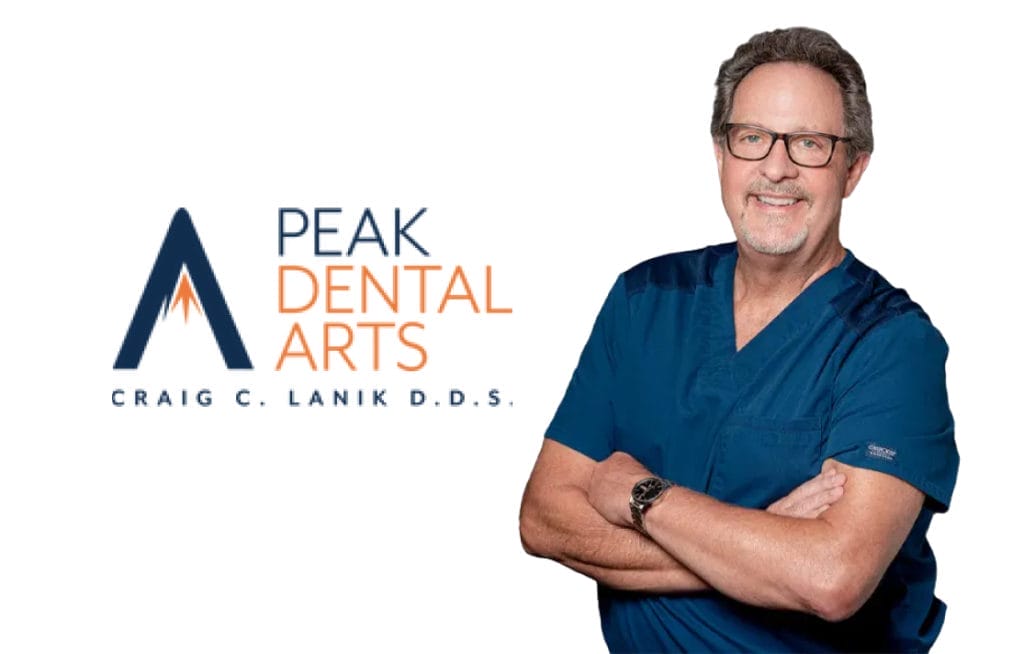
Peak Dental’s Offerings
Peak Dental provides a comprehensive dental membership plan that offers a range of benefits. Their offerings are tailored to ensure clients receive top-notch care without the financial strain. It’s worth exploring their plan to see if it aligns with your dental care needs and budget.
Final Words
Understanding “how much is a dentist visit without insurance” can be overwhelming, especially when faced with the myriad of costs associated with dental care.
However, with the right dental insurance plan, these costs become more manageable, ensuring you receive the best care without compromising your financial well-being.
Investing in dental insurance not only safeguards your oral health but also provides peace of mind. So, contact us today, and let us guide you to a brighter, healthier smile.

